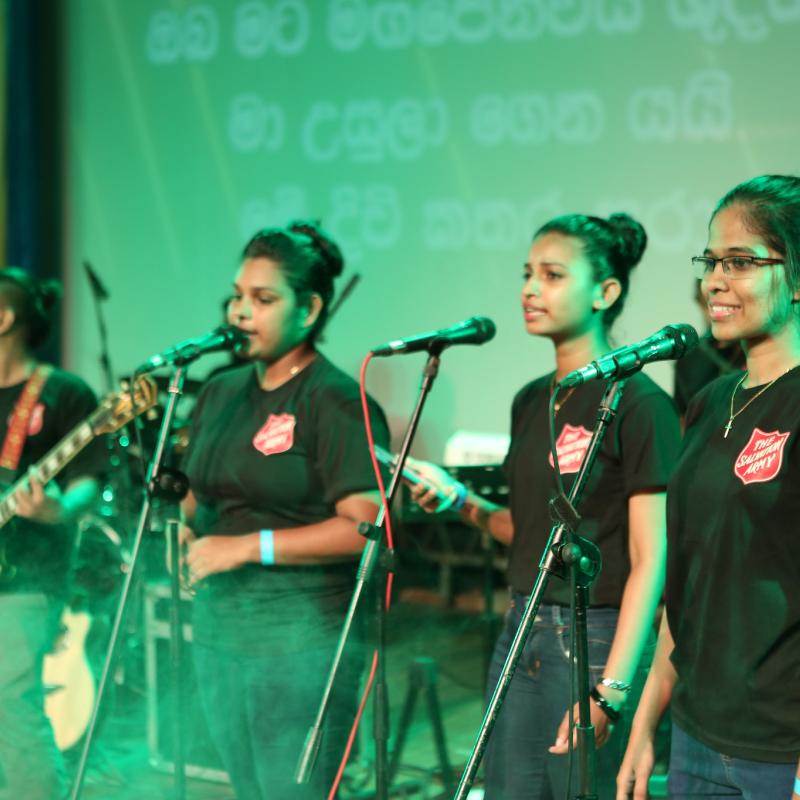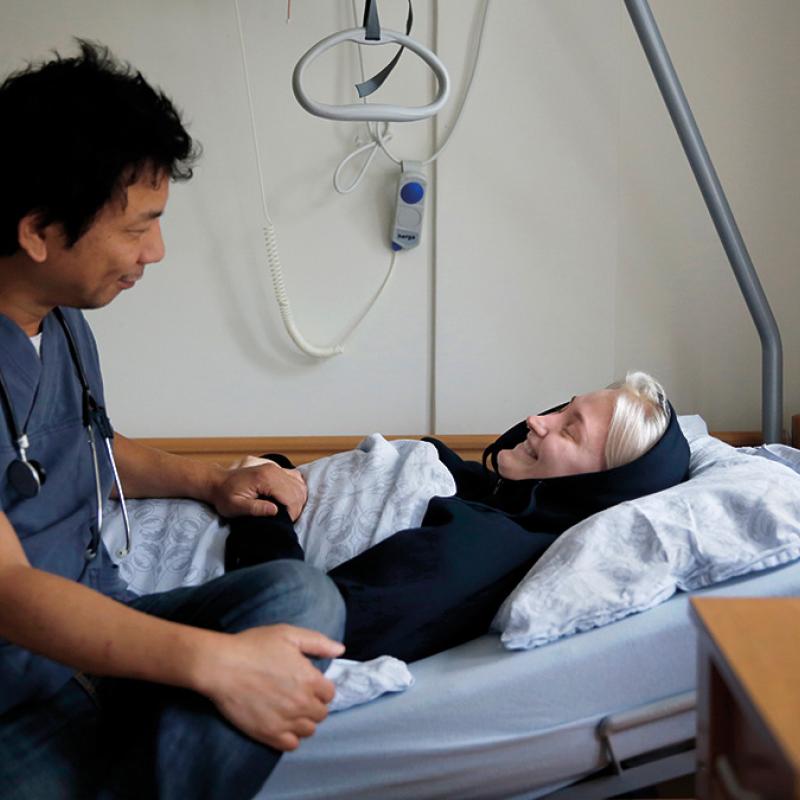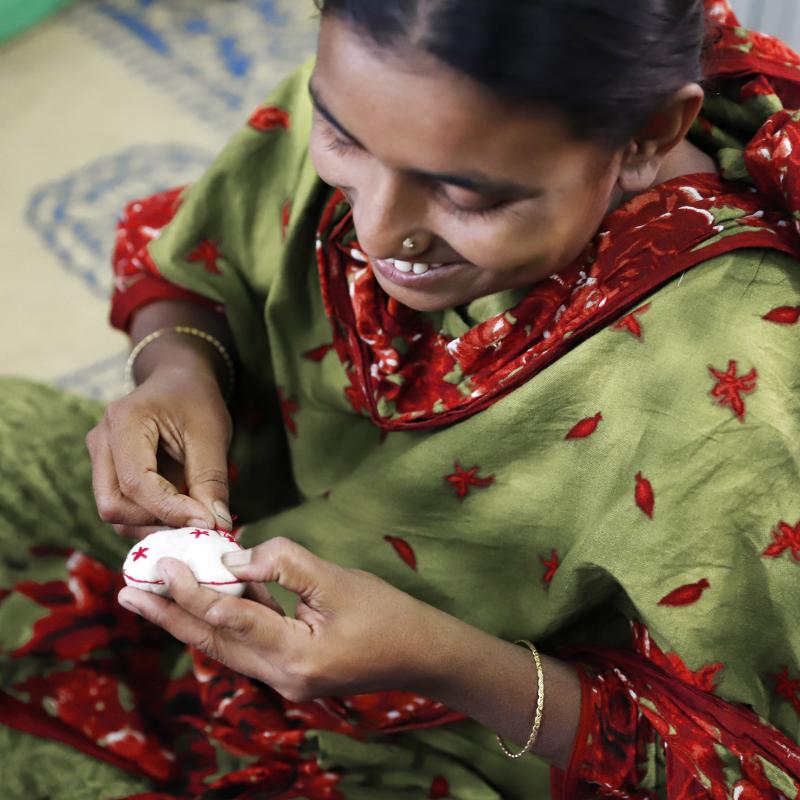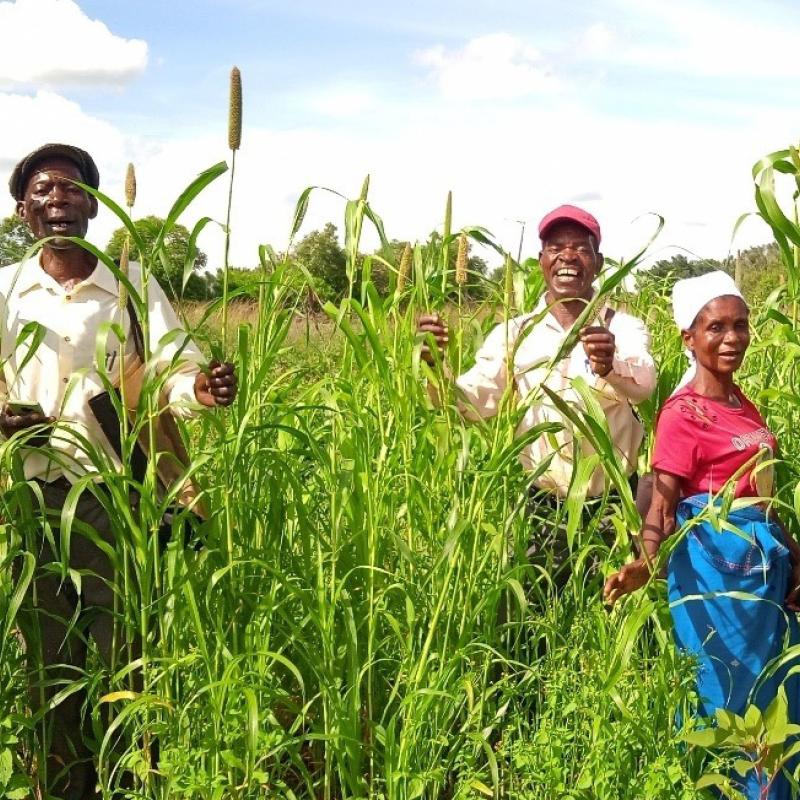Early days
Born in 1829 in Nottingham, UK, William Booth found his Christian faith early on in life and became an active Methodist, preaching and helping the poor in his local area. After some time working as a pawnbroker, he moved with his wife Catherine Mumford to the east of London. The two of them began working with a group of Christian businessmen who were concerned for the poor and disadvantaged in their community. In June 1865, William Booth preached to crowds outside the Blind Beggar pub; a new organisation, The Christian Mission, was born.
Over the next few years, the movement flourished. Its focus on teaching people about the message of Jesus in a way they could relate to, meeting wherever they could – dance halls, bowling alleys and outdoors – as well as addressing some of their material needs, saw many people become Christians. Despite opposition from parts of the public who disliked some of the Booths’ methods and style, many joined.
Their focus on those who had been rejected by the traditional churches was key. All were welcome – including those impoverished and disadvantaged.
A renaming
It was in 1878 that The Christian Mission got its present name. William Booth objected to a phrase contained in that year’s annual report: ‘The Christian Mission … is a Volunteer Army.’ By replacing the word ‘volunteer’, The Salvation Army had its new title and with it an inspired metaphor for its role in fighting the injustices of society and in bringing people to understand God. Over time, the organisation gained military-style titles (ministers are ‘officers’, for example) and even uniforms designed to publicly demonstrate a commitment to God.
Despite the differences between the Army of today and that of 1865, the organisation continues to be relevant to people and their situations. From weekly worship services, outdoor events, clubs and activities through to responding to disasters and providing practical support to those in need of help, the same spirit of putting the gospel into action as in those early days carries on.



























